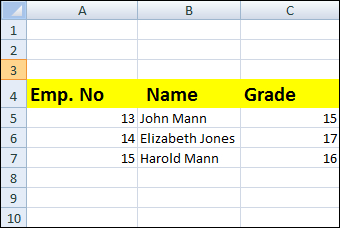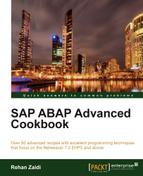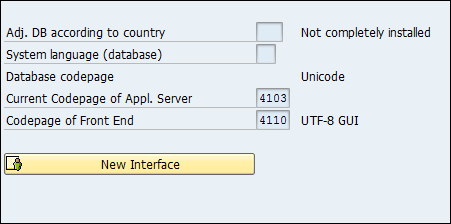In this recipe, we will see how we can add attachments to our e-mail message (we will use the program created in the previous recipe). We will also use the code fragment from the XML String (for Excel data) generated in the Downloading into Excel made easy using simple transformations recipe of Chapter 10, Simple Transformations chapter.
We will copy the program of the last recipe and add the transformation code for the conversion into binary file of the XML string. We will then write the code for attaching the XML file to the e-mail message. The recipe shows the additional code required to attach a file to the e-mail.
The necessary steps for defining the send request and the subsequent steps are the same. This recipe code will be inserted after the create_document method call of the cl_document_bcs class and before the set_document method call of the cl_bcs class.
We will now perform the steps shown as follows:
- After the
CALL TRANSFORMATIONstatement, we will declare internal tableattached_xmlbased on the table typesolix_tab. We then call the static methodstring_to_solixof thecl_bcs_convertclass for creating binary content out of the XML string. Thesolix_tabtype is an internal table in binary format. The code page forUnicode UTF-16LEis passed4103. The result is then stored in converted form in theattached_xmlfile.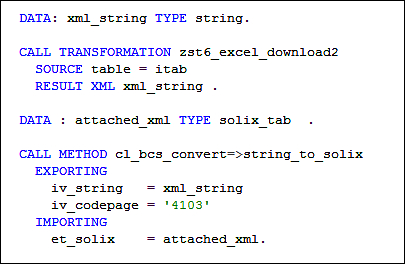
- Next, we call the method
add_attachmentof the classcl_bcs_document. For the parameter attachment typeI_ATTACHMENT_TYPE, we pass the valueBIN. For the name of the file (i_attachment_subject), we specify the nameXML Excel Data.XLS. The parameteri_att_content_hexis for passing the internal table containing the file to be attached.
After the CALL TRANSFORMATION statement, we have the file content in the form of a large XML string. This string needs to be converted to an Excel format. We convert this into a binary format (an internal table based on dictionary structure SOLIX) using the static method string_to_solix of the class cl_bcs_convert. The structure of SOLIX is as follows:
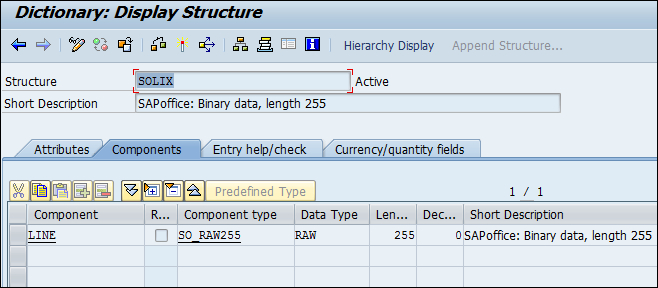
For converting the XML string into binary data, we use the code page 4103. Excel files expect the data to be in the UTF-16 LE format, that is, 4103.
The code is then added to insert the attachment to the created document using the add_attachment method of the cl_bcs_document class.
The attachment subject is the name of the file (in our case XML Excel Data.XLS) as it should appear in the receiver's inbox, the type is BIN meaning binary. For the content of the file, the
i_att_content_hex parameter is supplied with the converted Excel file data. The attachment appears as shown in the following screenshot:
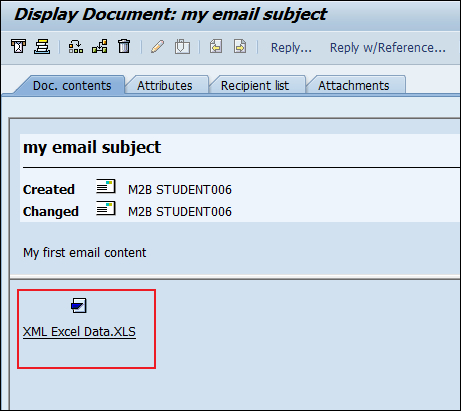
The file when opened in Excel looks like following screenshot:
